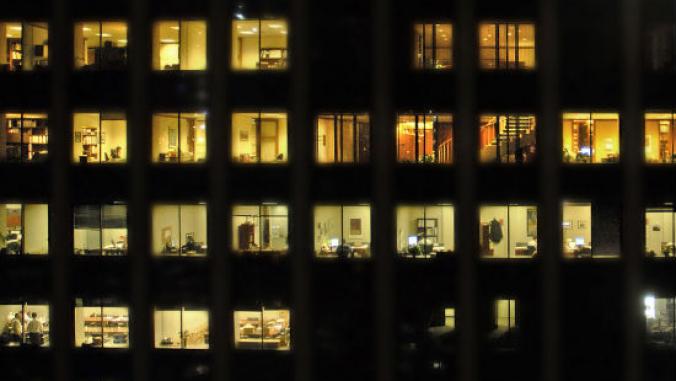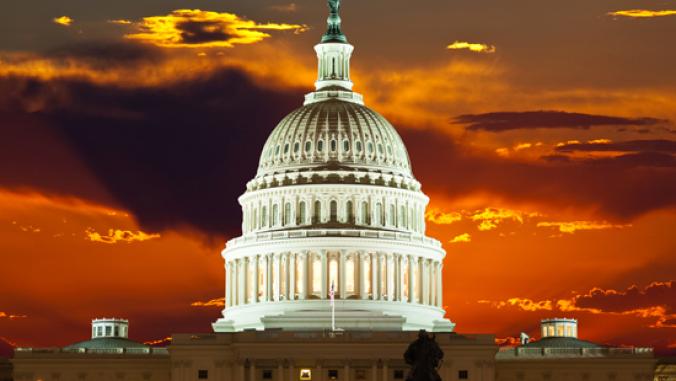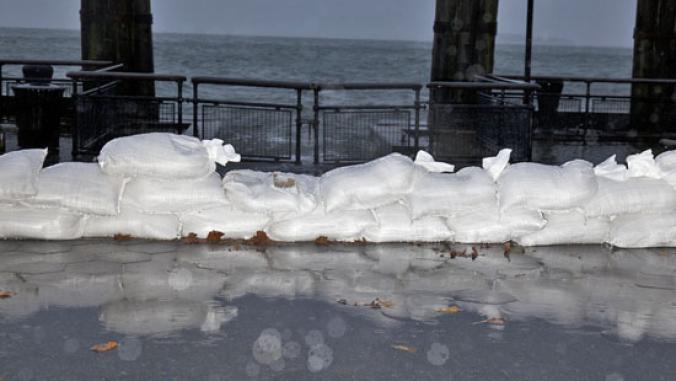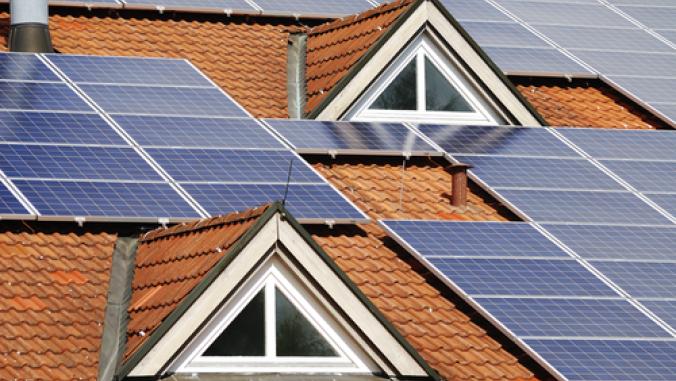Bullish on Sustainable Property
A recent white paper by the institutional real estate asset management arm of Deutsche Bank concludes that although the recession will limit the medium-term supply of new green projects, the sustainable real estate sector will outperform the conventional economy and the conventional real estate market.

My friend Andrew Nelson of RREEF -- RREEF is the institutional real estate asset management arm of Deutsche Bank-- is one of the most prescient voices on green real estate. Andrew recently published a white paper on the green real estate outlook in a time of recession. Andrew concludes that although the recession will limit the medium-term supply of new green projects, the sustainable real estate sector will outperform the conventional economy and the conventional real estate market. Let me quote Andrew directly:
"Owners of green buildings should generally outperform -- or at least minimize their losses -- in this recession relative to less sustainable properties, while achieving other social or company goals. Firms increasingly demand greener facilities, yielding operating premiums for greener buildings even as overall tenant space needs decline with the economy, and the recession is not changing these preferences.
"Looking out a bit further, many major markets will reach the critical mass when green buildings account for enough of the building stock that tenants have a choice. At this point, the performance premiums for green buildings will flip to a discount for older, less efficient, conventional buildings. We are already at or near this point in the mature economies of Europe and developed Asia, and getting closer in the major money centers of the United States. Ignoring this impending market transformation would be risky and imprudent, and the current recession will provide little cover to owners failing to adapt."
The 2010 federal budget, released yesterday by the Obama Administration, should bolster the optimism about green real estate. The budget seeks to bring America into the community of nations by addressing global warming and offers a new and welcome focus on energy research and energy efficient real estate. Following is an overview of some of the key budget areas to watch, including a couple of questions that have come to mind on the basis of the summaries released to date:
• The budget proposes the development of a cap and trade system that would reduce greenhouse gas emissions by 14 percent below 2005 levels by 2020 and an estimated 83 percent by 2050. Emissions allowances would be auctioned (much as broadcast spectrum has long been auctioned, largely quite successfully, by the Federal Communications Commission). Auction revenues would be used to finance $150 billion in clean energy investments over a 10 year period. It is proposed that additional auction revenues be deployed to help vulnerable families, businesses and communities to transition to a clean energy economy.
• The proposed Department of Energy budget would increase basic scientific research on clean energy technologies and provide loan guarantees for the commercialization of alternative energy, including demonstration projects. (One unexplained item: Excluding Recovery Act expenditures, the Department of Energy budget is projected to increase from $24 billion in 2008 to $34 billion in 2009, and then to drop back to $26 billion in 2010. The significant increase followed by a sharp drop might be due to one-time cleanup expenditures for the disposal of nuclear material, but it would be helpful to have more clarity on this point, as well as on the trajectory of longer-term spending in support of alternative energy technologies.)
• The budget proposes the creation of an Energy Innovation Fund at the Department of Housing and Urban Development that would encourage the retrofit of older housing and catalyze private lending for residential renovation. As well, the budget proposes that the Community Development Block Grant program -- which has supplied funds to local governments and states for community revitalization for over 30 years -- receive $4.5 billion in funding and be modified to incorporate a Sustainable Communities Initiative.
• The proposed budget rightfully expands funding for the Department of Commerce to support standards development, technology innovation and assistance to American companies looking to penetrate foreign markets. The budget summaries are unclear, however, to what degree support for businesses and manufacturers will be linked to green manufacturing and green jobs objectives. I'll be looking for clarification on this point. (By the way, the sharp increase in estimated Commerce Department spending from $7.9 billion in 2008 to $9.3 billion in 2009 and $13.8 billion in 2010 is largely associated with planning for and undertaking the 2010 Census.)
Andrew's white paper suggests that the real estate market will continue to favor sustainability. The proposed Obama budget backs that bet by deploying federal spending to accelerate the development and commercialization of alternative energy, property retrofit, sustainable communities and manufacturing innovations. One caveat: The president proposes, Congress disposes. There appears to be broad Congressional support for green economic transition, so I'm betting that most of the green budget initiatives, including those targeted to alternative energy and real estate, fare well on Capitol Hill.
Leanne Tobias is founder and principal of Malachite LLC, an advisory firm that specializes in the development, leasing, management, financing and certification of sustainable or green real estate on a global basis. Write to Leanne about your thoughts on jumpstarting the economy at [email protected]. She'll share the best ideas in future posts.





